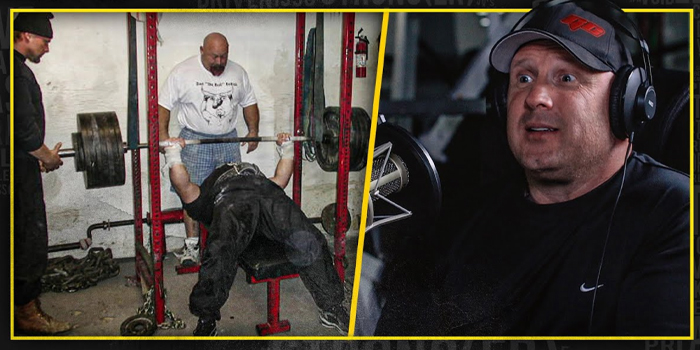
Gain Reduction meter (GR) - This is usually a meter showing the amount of volume / gain reduced by the compressor.

They may have standard volume input & output knobs, which act as the same thing. Make-up gain - the volume increase or decrease that you want want to add after compression. The higher this value is set, the smoother the transition. Release - the time it takes for the compressor to stop working from the moment the volume dips below the threshold value. For example, a low attack time would compress more volume peaks, resulting in less explosive transients. Values range from 1:1–1:20 usually.Īttack - the time, in ms, until compression starts after the volume reaches the threshold. Ratio - this is the ratio, or strength, with which it will decrease the volume, above the threshold value. Threshold - this is the lowest volume level (usually in dBFs, peak values) at which the compressor will start working on lowering the volume, compressing it. This one has basic controls along with a “warm” setting for more overtones and a switch between opto/electro. Waves´s Renaissance, classic compressor plugin. Read more about the history and prior usage of compressors in this article, or watch a video right here: We must therefore use them in moderation and with the appropriate settings for the sound in question. There is always a trade off, using compressors and limiters, as they tend to squash the life out of a natural sound very easily. Through the use of compressors and limiters we can make our song sound as things do on the radio, or just sound more steadier and even.


Limiting is heavily used in mixing and mastering, as it can help raise volumes of entire productions. This is to stop the sound peaks from reaching too high values which would otherwise result in digital clipping. These are just different types of compressors that are usually used for drums, on mix buses or on outputs of complete projects or songs. The ones that stop it very fast and harshly (instantly) are called limiters. Some stop the sound very gently as the sound level reaches too high values, some stop it faster and harder. An audio compressor is the tool of the trade. There are a couple of ways to accomplish this, but the most common is to use audio compression. And now we want to minimize that range to suit our production, be it a podcast or a musical masterpiece. The dynamic range of volume.ĭynamic range of an audio recording is just that, how dynamic, or big, the differences are from the lowest volume level to the highest. This is the essence of what we in the audio industry call dynamic range.

Basically, the lowest volume level is way too low to meet the highest volume with a nice finish. Then someone raised their voice or slammed on the keys or the strings a bit too much making that part very strong. There were parts that were too low, perhaps someone was too far away from the microphone, the guitar guy swayed a bit during some part or the people in the studio were in different distances from the mic. Ever recorded an audio part, like a guitar recording, a vocal track or a voice over for a podcast or YouTube video? Well it may have happened to you, as to most of us, that the volume varied a bit too much throughout the recording.


 0 kommentar(er)
0 kommentar(er)
